Tips to write unbiased survey questions
- Use neutral language
- Avoid loaded terms
- Ask direct questions
- Provide balanced response options
- Randomize the order of responses
- Be sensitive to different cultures
Has someone ever asked you a question that made you think you were supposed to answer in a specific way? Maybe a friend asked your opinion on an outfit that you already knew they really liked. Maybe your friend wanted your honest opinion (or maybe not!). But when someone poses a question that influences another person’s response, they’re unlikely to get an honest reply.
If you’re trying to get useful feedback by using a survey, you want to pose questions that allow your participants to answer honestly. If you need some help writing unbiased survey questions, whether you’re looking to conduct a company marketing survey or to collect feedback from an event, use this guide to ensure you’ll get the most accurate and meaningful responses.
What constitutes an unbiased survey question
When creating survey questions, your goal is to phrase them in a way that doesn’t influence respondents to select a particular answer. If you can word your questions in a neutral way, you’ll ensure that respondents can express their genuine opinions and experiences without the question itself swaying them.
Survey creators should also respect the diversity of respondents and provide a fair platform for them to share their perspectives. Unbiased survey questions are essential to ethical research practices, as they allow participants to express their opinions freely, contributing to the overall integrity of the survey process. Creating an unbiased survey question involves using neutral language, steering clear of assumptions, and structuring questions in a way that addresses only one aspect of a problem at a time.
Why unbiased survey questions are so important
Unbiased survey questions are a key part of fair, inclusive surveys. Surveys that lack leading language or assumptions are more accessible to a wide range of individuals, regardless of their background or beliefs. Inclusivity not only promotes ethical research practices, but also makes the survey more credible, as participants feel assured that their responses are valued and that the researchers don’t have an agenda.
Unbiased survey questions deliver more valid and reliable results. When respondents can answer questions without being influenced by researchers, the information they provide is more likely to be an accurate representation of their true thoughts and behaviors. Having the most reliable information is essential for making informed decisions, shaping policies, and interpreting any trends that might show up in your survey population.
How to write unbiased survey questions
Writing unbiased survey questions involves careful consideration of language, structure, and overall design to ensure that respondents can respond honestly and accurately. Here are some guidelines to help you write unbiased survey questions:
1. Use neutral language
Avoid language that might sway respondents in a particular direction and make sure to use neutral terms and phrasing. For example, instead of saying, “How much do you love our new product?” you might ask, “What are your thoughts on our new product?”
2. Avoid loaded terms
Be mindful of words or phrases that carry a strong positive or negative connotation, as they can introduce bias into the responses. This includes words like love and enjoy or disappointed and unhappy. Let your participants determine whether they have a positive or negative response — your role as the survey maker is to stay neutral.
3. Ask direct questions
Frame questions to address one specific topic at a time and avoid questions that combine multiple issues. For example, if you’re asking about how your event attendees felt about the geographical location of your event, don’t include the venue in your question — these are two different concerns.
4. Provide balanced response options
If you decide to use multiple-choice questions, ensure that response options cover the full range of possible answers without favoring any particular option. When possible, provide a mix of question types that include open-ended questions, so participants can give more specific responses rather than having to select from pre-written options.
5. Randomize the order of responses
If possible, try to randomize the order of response options to avoid order bias, as respondents may be more likely to choose the first or last option. By presenting response options in a random order, you can distribute any potential biases evenly across different survey participants. You can also design
6. Be sensitive to different cultures
Be aware of cultural nuances that may impact how respondents interpret questions. Ensure that questions are culturally sensitive, are easy for a diverse audience to understand, and wouldn’t offend anyone, no matter their cultural background or beliefs. If someone takes a question the wrong way, they’re less likely to provide their unbiased answer, and that will impact your results.
What an unbiased survey question looks like
Here are some examples of survey questions that don’t show bias:
- What are your thoughts on our new product?
- How satisfied are you with your current work environment?
- What was your overall experience at the event?
- How would you rate the ease of navigation on our website?
- What is your opinion of the policies Candidate X has proposed?
How to conduct surveys with Jotform
If you’re looking for an online tool to efficiently conduct surveys, Jotform is a great option. The free drag-and-drop survey maker makes it easy to gather the information you need, and you can either customize a premade template to fit your requirements or build your ideal survey from scratch. With conditional logic, you can even show or hide questions according to respondents’ previous answers, which can boost your survey completion rate.
To get started, navigate to Jotform’s survey maker tool and start adding your unbiased survey questions. Once your survey is complete, you’ll be able to share your survey with others via a link, social media, or email. If you’re planning to share your survey at a live event, you can create a QR code to add to in-person marketing materials. Jotform makes creating and sharing your surveys a breeze.
Photo by LinkedIn Sales Navigator


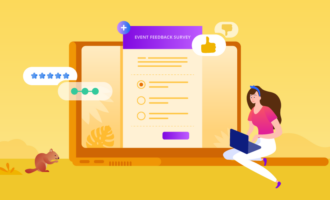

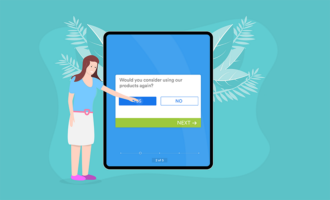











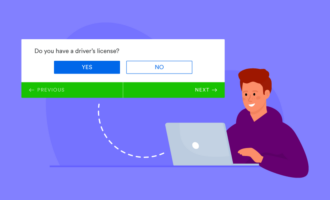




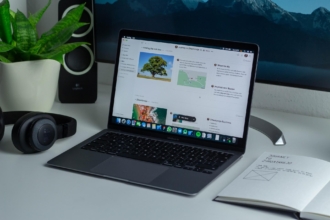



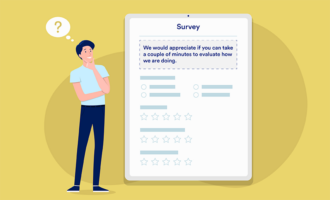
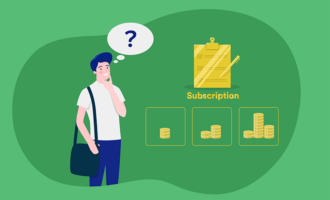






















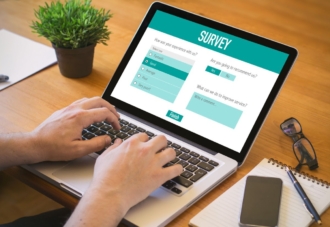
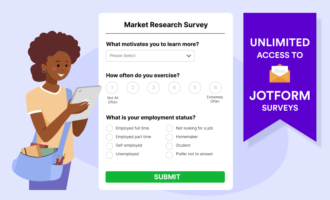

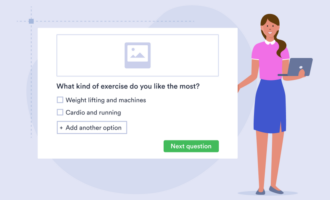










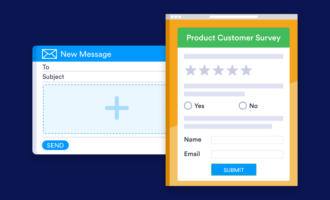
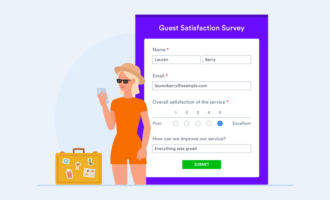

















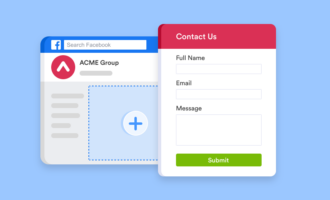



















Send Comment: